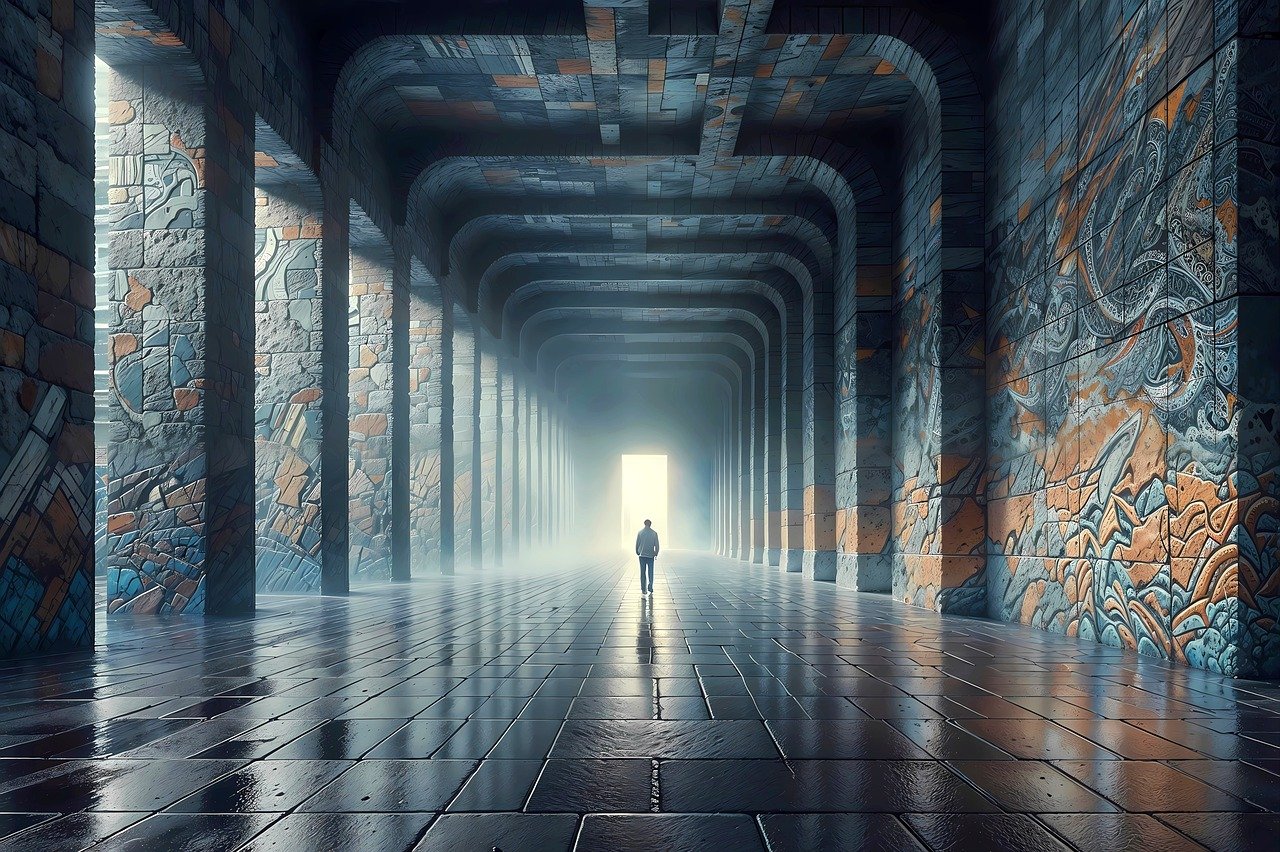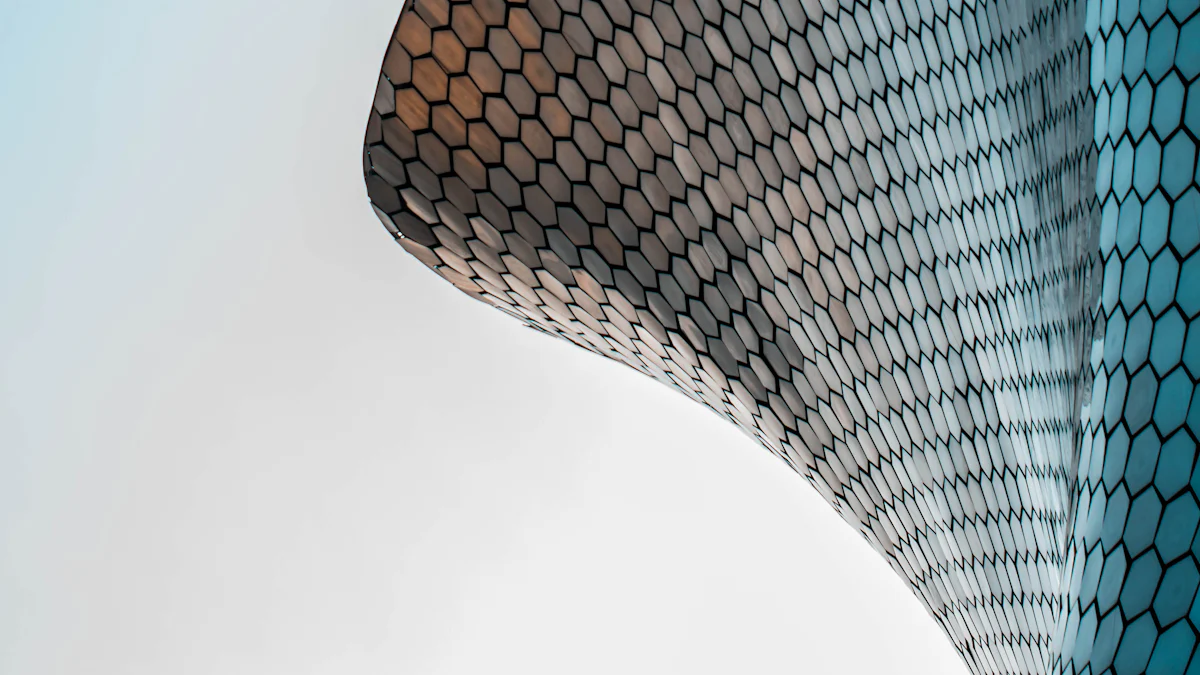
Easy Steps to Combine Meshes in Blender

Blender, a powerhouse in the world of 3D modeling, captivates millions with its versatility. With over 14 million downloads in 2020 alone, its popularity is undeniable. Learning how to merge objects in Blender opens up a realm of creative possibilities. Imagine crafting intricate designs by seamlessly combining meshes in Blender. This process excites and challenges users to explore new dimensions. For those seeking simplicity, Tripo offers a magical touch, transforming photos into 3D models effortlessly. Dive into the world of Blender, where creativity meets technology, and discover how to combine meshes in Blender to let your imagination soar.
Getting Started with Blender
Setting Up Your Workspace
Installing Blender
Blender installation marks the first step on a creative journey. Visit the official Blender website to download the latest version. Choose the appropriate version for the operating system. Click the download button and wait for the magic to happen. Once downloaded, open the installer. Follow the prompts to complete the installation process. A few clicks will bring the world of 3D modeling to life.
Configuring Preferences
After installation, configure preferences to suit personal needs. Open Blender and navigate to the Edit menu. Select Preferences to access a treasure trove of settings. Adjust themes, input options, and add-ons to create a personalized workspace. Save changes to ensure a smooth and enjoyable experience. A well-configured workspace sets the stage for creativity.
Understanding the Interface
Navigating the 3D Viewport
The 3D Viewport serves as the heart of Blender's interface. Use the mouse or trackpad to explore this dynamic space. Rotate, pan, and zoom to view objects from different angles. Practice these movements to gain confidence in navigation. The 3D Viewport offers endless possibilities for exploration and creation.
Using the Toolbar and Menus
The Toolbar and Menus provide essential tools for 3D modeling. Locate the Toolbar on the left side of the screen. Discover tools for selecting, transforming, and editing objects. Explore menus at the top for additional options and commands. Familiarize yourself with these elements to unlock Blender's full potential. Mastery of the Toolbar and Menus enhances the creative process.
Basic Steps to Combine Meshes

Combining meshes in Blender unlocks a world of creativity. You can create complex designs by merging objects. The process is straightforward and rewarding. Let's dive into the basic steps to combine meshes in Blender.
Selecting Objects
Selecting the right objects is crucial. You must choose the objects you want to merge. This step sets the stage for a successful combination.
Using the Select Tool
The Select Tool in Blender is your best friend. You can find it in the Toolbar. Click on the object you want to select. A single click highlights the object. You can see a bright outline around it. This tool makes selecting objects easy and precise.
Multi-Select Techniques
Sometimes, you need to select multiple objects. Blender offers several techniques for this. Hold the Shift key and click on each object. This method adds objects to your selection. Another way is to use the B key. Press B to activate the box select tool. Drag the box over the objects you want to select. These techniques make multi-selecting a breeze.
Joining Meshes
Now that you have selected the objects, it's time to join them. Blender provides powerful tools for this task.
Using the Join Command
The Join Command is a simple yet effective tool. Select all the objects you want to combine. Press Ctrl + J. Voila! The objects merge into one. The last selected object becomes the active object. All data links to this object. This command is perfect for quick combinations.
Merging Vertices
For a seamless merge, consider merging vertices. Select the combined mesh. Enter Edit Mode by pressing Tab. Select all vertices with A. Press M and choose "Merge by Distance." This action cleans up overlapping vertices. The result is a smooth, unified mesh.
Blender offers multiple ways to merge objects. Each method serves a unique purpose. Whether using the Join Command or merging vertices, Blender makes combining meshes easy. Explore these techniques to enhance your 3D modeling skills.
Advanced Techniques for Mesh Combination

Boolean Operations
Boolean operations in Blender offer a magical way to combine meshes. These operations allow you to create complex shapes by performing mathematical operations on objects. The process feels like sculpting with digital clay, where each cut and merge reveals a new form.
Difference, Union, and Intersection
The Difference operation subtracts one shape from another. Picture a cookie cutter slicing through dough. Select the object to keep, then select the object to subtract. Use the Boolean modifier and choose "Difference." Watch as Blender performs the operation, leaving a new shape behind.
The Union operation combines two objects into one. Imagine two blobs of clay merging into a single mass. Select both objects, apply the Boolean modifier, and choose "Union." The result is a seamless blend of the two shapes.
The Intersection operation finds common ground between objects. Visualize two overlapping circles forming a lens shape. Select both objects, use the Boolean modifier, and choose "Intersection." The shared space becomes the new object.
Applying Modifiers
Modifiers in Blender add flair to your creations. Apply modifiers to enhance or alter mesh properties. Select the object and navigate to the Modifiers tab. Choose from options like "Subdivision Surface" for smoothness or "Bevel" for rounded edges. Experiment with different modifiers to achieve desired effects.
Using the Knife Tool
The Knife tool in Blender acts like a digital scalpel. This tool allows precise cuts and slices through meshes. The Knife tool provides control over the shape and structure of your model.
Cutting and Slicing Meshes
Activate the Knife tool by pressing K. Click to set points along the mesh. Drag the knife to draw a line, then press Enter to complete the cut. The mesh splits along the drawn line, creating new edges and faces. Use this technique to carve intricate details or divide large surfaces.
Refining Edges
Refining edges involves smoothing and adjusting mesh boundaries. Select edges with the Knife tool and make precise cuts. Use the "Edge Slide" feature to move edges along their length. Adjust vertices to perfect the shape. Refined edges enhance the overall appearance and realism of the model.
Embrace these advanced techniques to elevate your 3D modeling skills. Whether using Boolean operations or wielding the Knife tool, Blender empowers creativity. Explore how to combine meshes in Blender and unlock endless possibilities.
Troubleshooting Common Issues
Mesh Distortion
Mesh distortion can feel like a plot twist in a mystery novel. One moment, everything looks perfect. The next, chaos reigns. Fear not! Solutions await.
Identifying Causes
Identifying the villain behind mesh distortion requires detective work. Check for overlapping vertices. These sneaky culprits often cause trouble. Use the Mesh Lint Addon to scan for issues. This tool highlights problematic areas. Visualize the mesh with a heatmap. The heatmap reveals hidden distortions.
Solutions and Fixes
Fixing mesh distortion feels like solving a puzzle. Enter Edit Mode by pressing Tab. Select all vertices with A. Press M and choose "Merge by Distance." This action eliminates overlaps. Another technique involves recalculating normals. Select the mesh and press Ctrl + N. Blender recalculates the normals, restoring order.
Texture Problems
Texture problems can turn a masterpiece into a mess. Colors misalign. Patterns disappear. Panic ensues. Relax! Solutions exist.
Reapplying Textures
Reapplying textures feels like repainting a canvas. Select the object. Navigate to the Texture Properties panel. Click "Open" and select the desired texture file. Apply the texture with precision. Ensure proper alignment.
Adjusting UV Maps
Adjusting UV maps resembles a cartographer drawing a map. Enter Edit Mode. Press U to unwrap the mesh. Choose "Smart UV Project" for automatic mapping. Adjust the UV layout in the UV Editor. Align the texture with the model.
Troubleshooting common issues in Blender requires patience and skill. Mesh distortion and texture problems become manageable challenges. Embrace these solutions and continue your creative journey.
Explore More
- A Guide to Retargeting with Blender - Make AI Dance
- Tutorial of Mixamo and Auto-Rig Pro in Blender
- Importing AI Generated 3D Models into Blender with Tripo3D